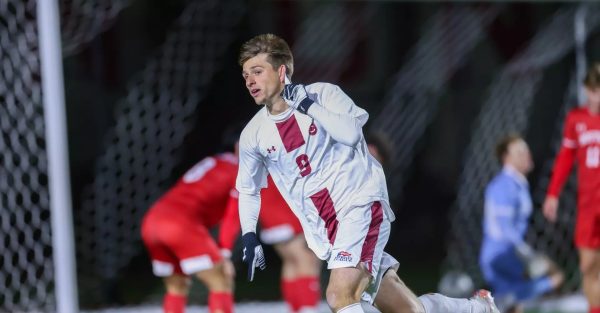Race Issues: America’s HBCUs Deserve All the Funding They Can Get
A number of social media users may have been outraged earlier this month to learn that Joe Biden was planning to slash federal funding to historically Black colleges and universities (HBCUs) by nearly 90 percent, thanks to the circulation of misleading posts that conflated a change in the proposal for the $3.5 trillion “Build Back Better” agenda with non-existent cuts to existing funding. Though the Biden administration is certainly not removing any funds allocated to HBCUs, it is true that they had originally hoped $20 billion could be given exclusively to fund HBCUs, though the latest iteration of the House bill, according to a New York Times article, has reduced this to just $2 billion in additional funding. Either way, the schools get some extra money, but it is still disappointing to see that it is a far smaller number than they had originally anticipated.
Around 100 schools collectively form the group of HBCUs impacted by this decision, and overall comprise around three percent of the United States’ four-year, non-profit institutions. According to an article from The Atlantic, though, their impact stretches far beyond these numbers: roughly 80 percent of Black judges, half of Black lawyers and doctors and one quarter of Black undergraduate students in STEM programs can count themselves as alumni of HBCUs. Rap superstar Megan Thee Stallion, who picked up three Grammys at the 2021 ceremony including “Best New Artist,” has said that she is currently on track to graduate from her HBCU, Texas Southern University, in the coming months. Current Vice-President Kamala Harris is an alumna of Howard University in Washington, D.C., which is widely considered to be one of the finest HBCUs. Despite all of the great American leaders HBCUs have produced, it is the unfortunate truth that a lot of these schools have fallen on hard times financially.
A big factor contributing to this is the difficulty that many HBCUs have in fundraising compared to other institutions. The Associated Press reported that in the 2018-2019 school year, where it is estimated that just under 300,000 students were enrolled in HBCUs, the collective endowment of all of these institutions combined was just around $3.9 billion, which was almost equal to that of just the University of Minnesota. That same year, 11 HBCUs had endowment per student figures of under $1,000. For perspective, the current endowment per student figure for Colgate University is above $350,000, and the largest figure in the country, a record held by Princeton University, exceeds $3,000,000. Even amongst HBCUs themselves, there is a great disparity. Of the $3.9 billion figure, 54 percent was held by just eight of the wealthiest universities.
The consequences of this financial insecurity are devastating to the system as a whole. According to The New York Times, in the past two decades, six HBCUs have had to close their doors completely, and several others had already lost or were at risk of losing their accreditation. Among these was Fisk University, whose three-year period of probation was fortunately ended by the Southern Association of Colleges and Schools in 2020. Fisk, which has a history dating all the way back to 1866, was the first Black college to gain accreditation with the agency in 1930.
The goal isn’t necessarily to propel HBCUs to the level of questionable wealth that most of America’s top-ranked institutions have achieved, but to simply bring the quality of operations up to par with other colleges. In a quote published in The New York Times, United States representative Alma Adams (D-NC), who taught at Bennett College for four decades, recalls most of the classrooms lacking any air conditioning. In an interview with NPR from earlier this month, Senator Raphael Warnock (D-GA), brought up how in a recent survey of 79 HBCUs, 70 answered that more than 40 percent of their buildings needed repair or complete replacement.
In recent years, small strides have been made in the trajectory to increase funding in minority-centric institutions of higher learning, such as the $3.2 billion in emergency aid discharged by the Department of Education in July of this year, of which HBCUs received $1.6 billion. However, given the still-bleak state of this type of institution, there is still a long way to go. It is a sad reflection of America’s racial reality that the current viability of HBCUs does not match their history and cultural impact. I’m no policy or economics expert, but if the Biden administration can be convinced to allocate a few more billions in addition to these two to advance the institutional strengths of HBCUs, I sincerely hope they do it. In the meantime, let’s keep the people in power accountable for what they say, and keep watching closely how what they promise us can often be very different from the fine print.








